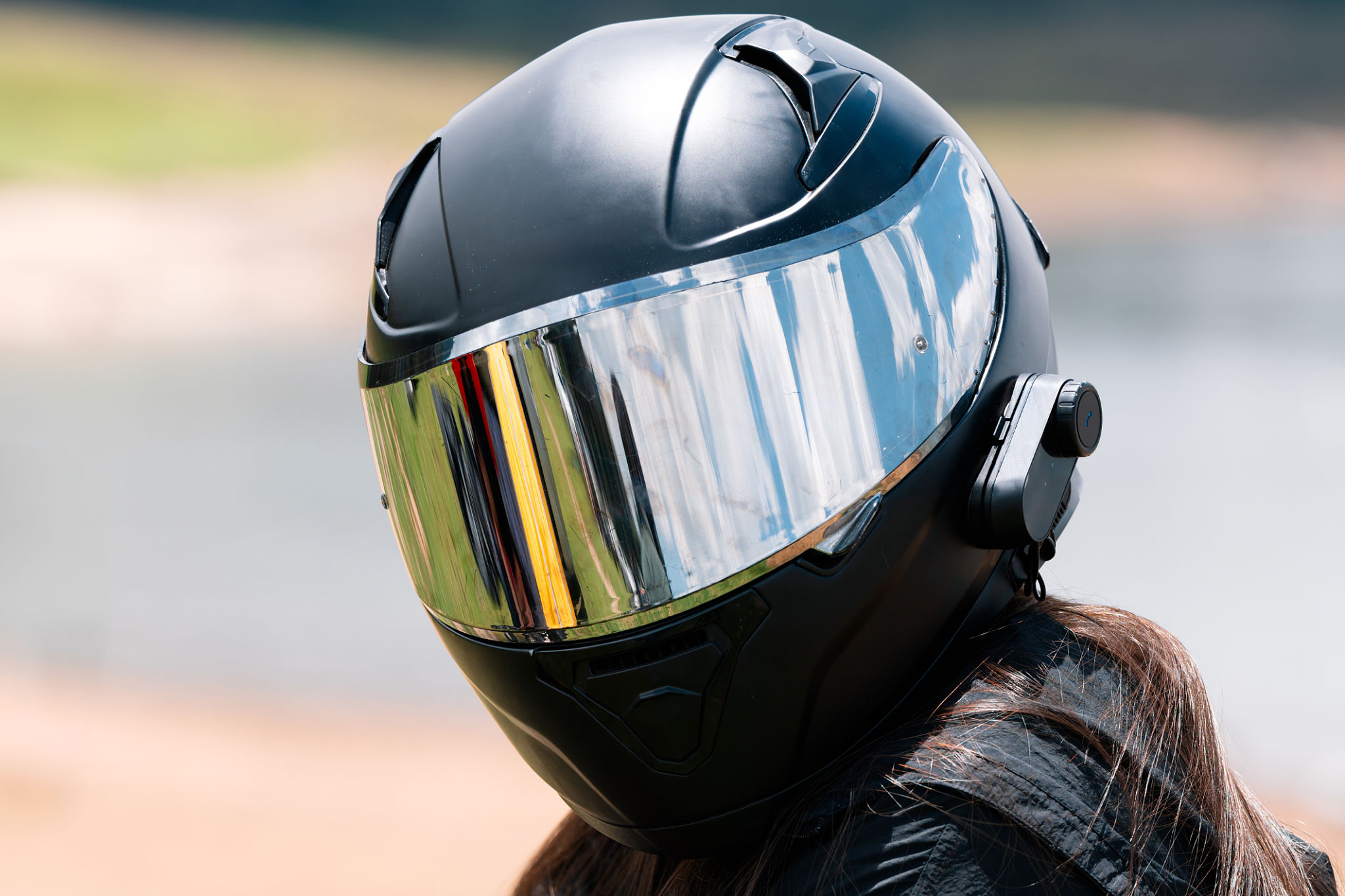- Full Face Helmets
- Bluetooth Helmets
- Open Face Helmets
- Open Face/Jet Helmets
- Flip Up Helmets
- Reverse Flip Helmets
- Retro/Vintage Helmets
- Motocross/Enduro Helmets
- Motorcycle Clothing
- Motorcycle Boots
- Motorcycle Gloves
- Waterproofs
- Motorcycle Accessories
- 3GO Motocross Clothing
- Viper Warranty Services
- Become a Dealer
- Viper Helmets Gallery
- FAQ
- Blog
How to Maintain and Clean Your Viper Helmet for Longevity
Understanding Your Viper Helmet
Your Viper helmet is more than just a stylish accessory for your ride; it's a crucial piece of safety equipment. Regular maintenance and cleaning not only ensure its longevity but also maintain its protective features and aesthetic appeal. Let's dive into how you can keep your helmet in top shape.

Essential Cleaning Materials
Before you begin the cleaning process, gather the necessary materials. You'll need a microfiber cloth, mild soap, warm water, and a soft brush. Avoid using harsh chemicals or abrasive materials that could damage the helmet's surface.
- Microfiber Cloth: Ideal for wiping down surfaces without scratching.
- Mild Soap: Gentle enough to clean without being harsh.
- Soft Brush: Perfect for getting into crevices and seams.
Cleaning the Exterior
Start by cleaning the outside of your Viper helmet. Use the microfiber cloth soaked in warm soapy water to gently wipe away dirt and debris. Pay special attention to vents and seams where grime tends to accumulate. Rinse with clean water and dry with a separate cloth.
Avoid using high-pressure water, as it can seep into the helmet's interior and potentially damage internal components. Instead, work methodically and gently for the best results.

Tackling the Interior
The interior of your helmet is just as important as the exterior. Many Viper helmets come with removable liners, which can be washed separately. Follow the manufacturer's instructions on removing and cleaning these components. Typically, they can be hand-washed with mild soap and air-dried.
If the liners are not removable, use a damp cloth with mild soap to clean the interior surfaces. Be sure to rinse thoroughly and allow ample time for drying to prevent any moisture-related issues.

Maintaining Visor Clarity
The visor is crucial for clear vision while riding. Clean it with a specific visor cleaner or a solution of mild soap and water. Use a soft cloth to avoid scratching. If your visor is anti-fog or anti-scratch treated, ensure that your cleaning products are compatible to avoid degrading these features.
Regular Maintenance Checks
In addition to cleaning, perform regular checks on your helmet for signs of wear and tear. Inspect straps, buckles, and hinges to ensure they are functioning properly. Small issues can often be repaired or adjusted before they become major problems.
For any significant damage or if the helmet has been involved in an accident, consider replacing it, as its protective capabilities may be compromised.

Storage Tips for Longevity
Proper storage is key to maintaining your helmet's longevity. Store it in a cool, dry place away from direct sunlight and extreme temperatures. Consider using a helmet bag for added protection against dust and accidental impacts.
By following these maintenance and cleaning tips, you will ensure that your Viper helmet remains in excellent condition, providing you with safety and style for many rides to come.
